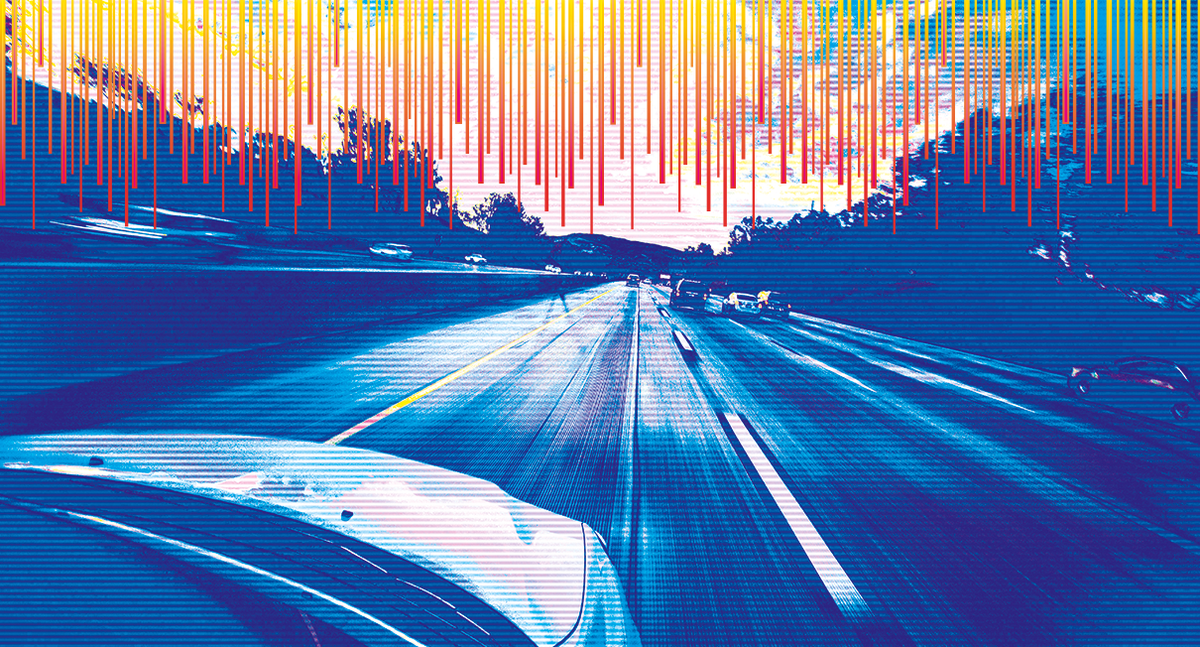Humans are great at adapting to different situations, learning, and coming up with solutions to complex problems. We’re not too great at reacting to things quickly, and staying focused for long periods of time. Unfortunately, there’s a lot of the latter involved in driving. This is where AI comes in. While we’re not in a world where autonomous cars dominate the streets, smart technology does take a lot of the drudgery out of driving, and helps keep drivers safe. If you’ve not been keeping up with car technology, here’s a quick rundown of the kind of tech we can find in cars today.
Parking assistance
For those who hate parallel parking, manufacturers created technology to help make that task a little less painful. Ford’s Active Park Assist technology uses sensors to determine if a parking spot is suitable, and then takes over steering duties, while the driver shifts and operates the accelerator and brake to get the job done on the first try. Perpendicular parking is just as simple, and as long as you put your trust in the system, it does an excellent job.
Active cruise control
Subaru has been very aggressive with pushing smart technology for their cars. Starting last year, they’ve started to offer Eyesight technology that uses a pair of cameras to give the vehicle stereoscopic vision, allowing the car to almost drive itself. While on the road, the driver can give the car instructions to follow a set distance behind the preceding car. Eyesight then takes care of throttle and braking to stay within the driver’s parameters, slowing down and speeding up as appropriate. It does a lot to free your feet up from operating the pedals in stop-and-go traffic.
Lane departure warning
Long drives can be a pain. It’s tiring, and pushing close your limits is a sleep-inducing experience. Different manufacturers take varying approaches to warn the driver that they’re starting to drift into the neighboring lane, such as street-facing cameras to watch the lane markings, coupled with driver-facing cameras to watch eye activity. Once the system determines that the driver is losing focus and starting to stray off their lane, they either get an audible beep, or gentle vibration to snap them back into attention, and make the necessary corrections, keeping the car, its occupants, and those around them safe.
Collision detection
More than just simple warning lights and sounds that alert the driver that an obstacle is in the way, current-generation technology adds active braking to reduce the chances of collision. You can head out right now and purchase a car that will constantly scan the road ahead, making sure there’s nothing in the way, and stopping you before it becomes a problem. More advanced technology can even distinguish the obstacles, be they another car, a pedestrian, or a bike, and react in an appropriate manner for each. Some even extend this feature to watch over the driver and keep them from running into a wall while backing out of a parking spot in case drive is engaged instead of reverse.
What’s ahead
What makes all these technologies interesting is the processing the vehicles do in order to keep the driver and occupants safe. Cameras, radar, or sonar sensors scan the road ahead, identify dangers, process them against the current vehicle speed and driving conditions, and apply changes to power and braking all generally faster than a human can, especially during lapses in concentration. The systems are always alert, and barring any sort of malfunction, can be relied on to work consistently, regardless of how the driver is doing.
The next step is even more interesting. While self-driving cars just take these existing technologies and add more layers of safety, and more complicated systems to ensure reliability, even greater autonomy can be achieved with constant connectivity.
Imagine a world where cars have all the autonomous functions we see now, along with the ability to talk to each other. Cars will then know where they are relative to each other, and with the right programming, be able to avoid accidents even before the drivers even know something could have potentially gone wrong. A network of cars, all in constant communication, all moving at just the right speed, going in just the right direction would offer unprecedented levels of safety, particularly when put in place with current-gen smart features, and a backup human driver, just in case everything else fails. Machines, when they work properly, react much faster, more consistently, and more reliably than human operators when faced with the correct task. And while a robot will never be able to deliver the joy of driving, it will take a lot of the tedium out of it.

Also published in GADGETS MAGAZINE February 2019 Issue.
Words by Ren Alcantara
